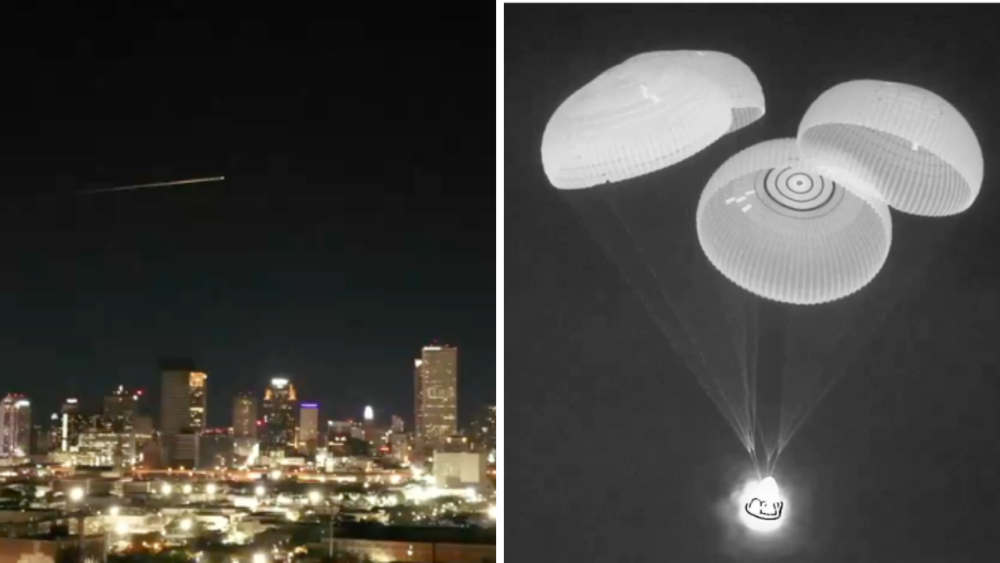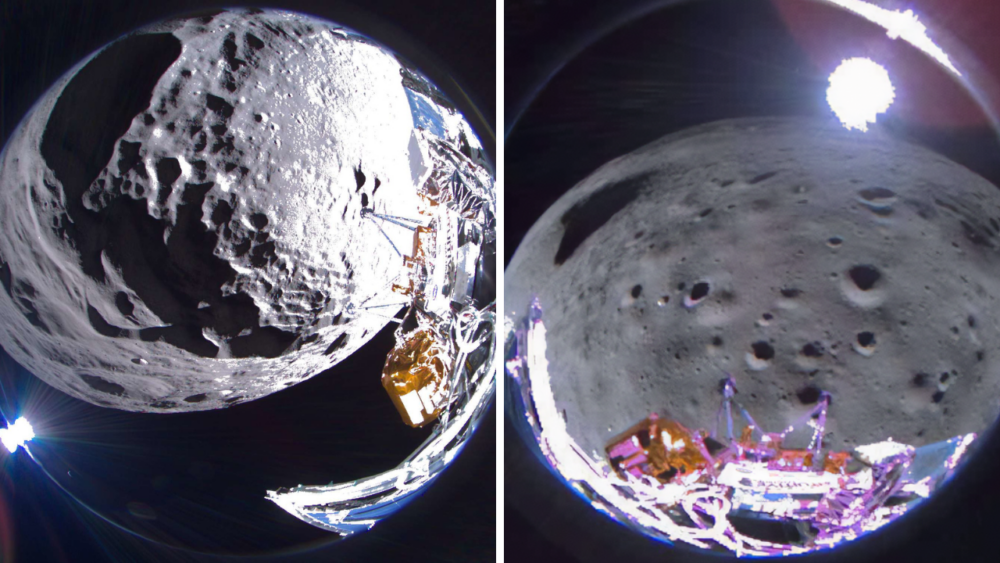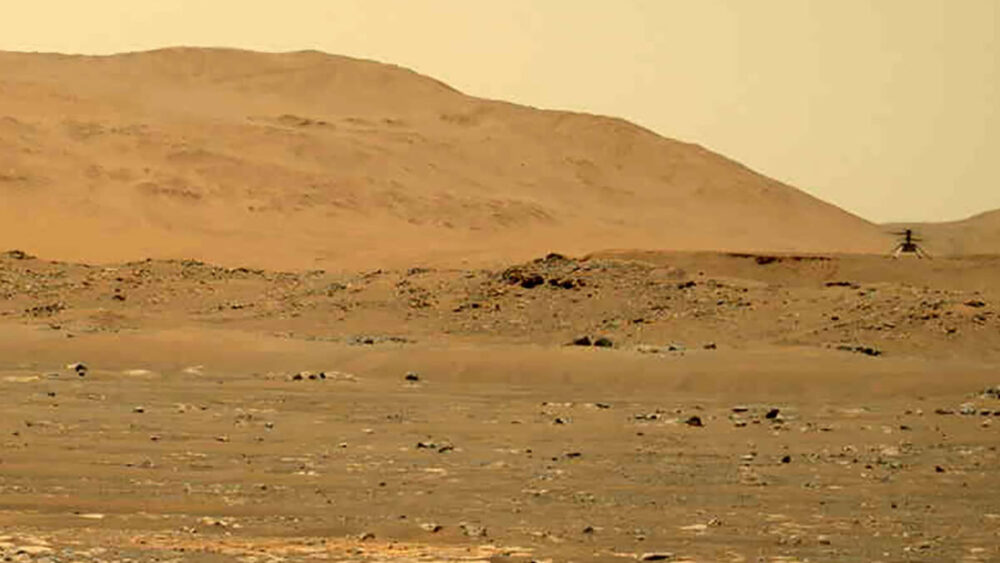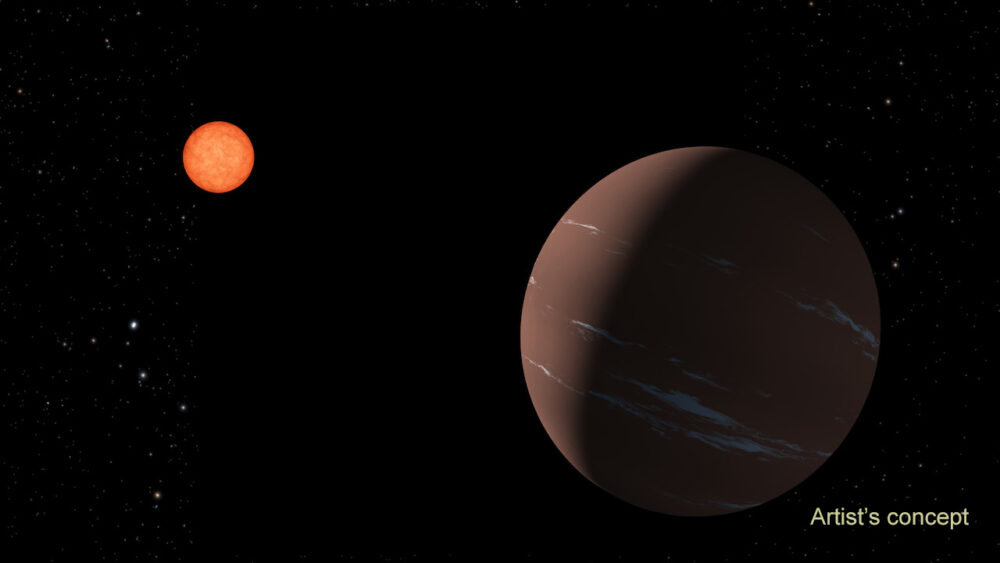NASA released a high-definition, 360-degree view of Mars
In the week since Perseverance landed on Mars, it has already returned stunning images at a quality never seen before from the red planet. On Feb. 24, NASA released additional images captured by the rover.
On Feb. 21, three days after the rover landed, Perseverance beamed back a 360-degree image of Mars. The cameras aboard the rover can provide a detailed examination of both close and distant objects, NASA said.
NASA added that the pictures will help the mission team determine which rocks the rover should sample and collect for its eventual return to Earth.
In order to make the panorama, NASA stitched together a series of 142 images. The images can capture details as small as three to five millimeters.
“We’re nestled right in a sweet spot, where you can see different features similar in many ways to features found by Spirit, Opportunity and Curiosity at their landing sites,” said Jim Bell of Arizona State University’s School of Earth and Space Exploration, the instrument’s principal investigator. ASU leads operations of the Mastcam-Z instrument, working in collaboration with Malin Space Science Systems in San Diego.
Part of the rover’s mission is to take a sample of Martian soil and return it to Earth. While samples of the Moon have been returned to Earth, a sample of Mars has never been returned.
The hope is to learn more about Mars to better understand what resources are available for a potential manned mission to the red planet.
“Landing on Mars is always an incredibly difficult task and we are proud to continue building on our past success,” said Jet Propulsion Laboratory director Michael Watkins. “But, while Perseverance advances that success, this rover is also blazing its own path and daring new challenges in the surface mission. We built the rover not just to land but to find and collect the best scientific samples for return to Earth, and its incredibly complex sampling system and autonomy not only enable that mission, they set the stage for future robotic and crewed missions.”
While the Perseverance rover has a one-year mission, it’s possible the mission could be extended. Curiosity, which landed in 2012 and was expected to have a two-year mission, remains operational.
By Justin Boggs, ABC 15






